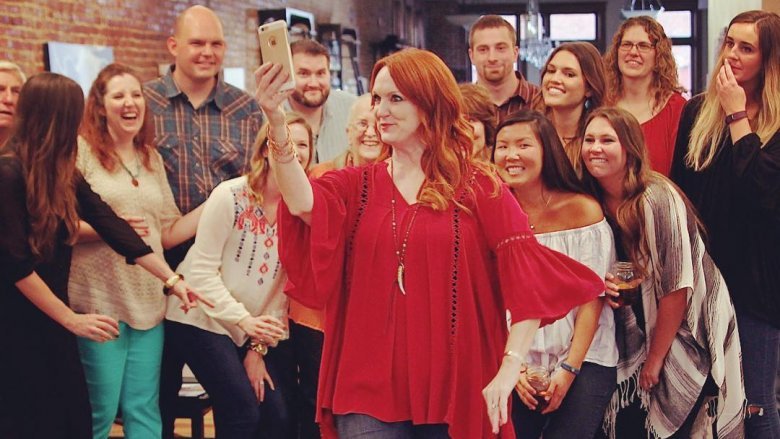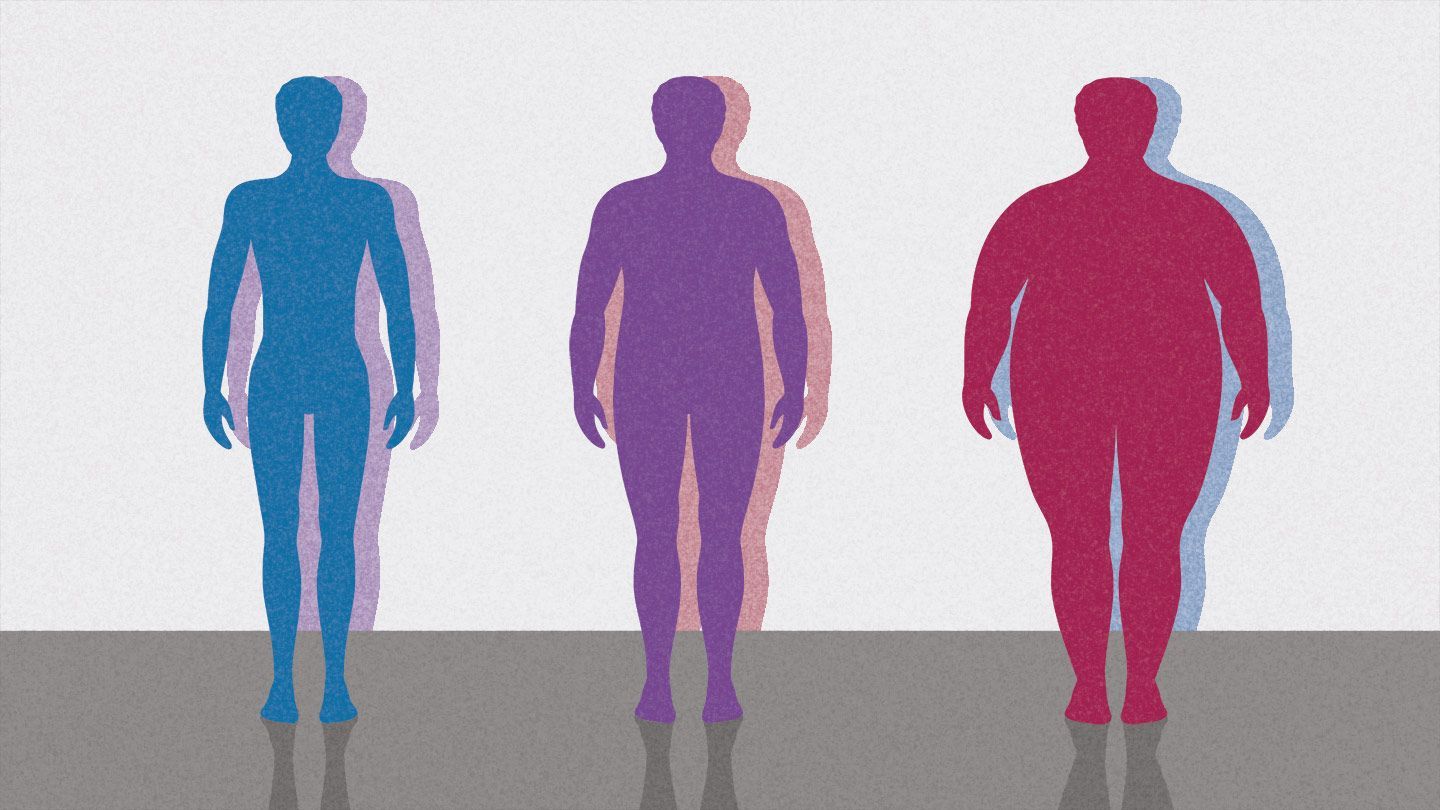Number of women sitting behind the camera hasn't changed in 20 years: Study

Los Angeles [U.S.A], In many ways, 2017 was a great year for female film-makers. Directors like Greta Gerwig, Patty Jenkins and Dee Cees did not only get love from the critics, but also achieved massive box office success across genres.
But, unfortunately, a new study has found that the percentage of women working on films in behind-the-scenes roles has remained virtually unchanged in the last 20 years, according to The Hollywood Reporter.
A study done by Celluloid Ceiling discovered that last year, only one percent of the top-grossing films employed 10 or more women in key behind-the-scenes roles, while 70 percent of films employed 10 or more men in such positions.
The researchers surveyed the 250 highest-grossing domestic films of 2017 and they found that women comprised only 18 percent of directors, writers, producers, executive producers, editors and cinematographers.
This is a measly one percent higher than 2016, but is "virtually unchanged" from 1998.
Speaking about the study, Dr. Martha Lauzen, executive director of the Center for the Study of Women in Television and Film at San Diego State University, said, "The film industry has utterly failed to address the continuing under-employment of women behind the scenes. This negligence has produced a toxic culture that supported the recent sexual harassment scandals and truncates so many women's careers."
Women fared best as producers in 2017's top 250 films (25 percent) followed by executive producers (19 percent), editors (16 percent), writers (11 percent), directors (11 percent), and cinematographers (a measly 4 percent).
Of the top 250 films, 88 percent had no female directors; 83 percent had no female writers; 45 percent had no female executive producers; 28 percent had no female producers; 80 percent had no female editors; and 96 percent had no female cinematographers.
Broadening the survey out to the top 500 films, which encompasses more lower-budgeted films, women accounted for 21 percent of the roles studied, an increase of two percentage points from 2016 but still even with 2015's percentage. (ANI)
---





_xV7Nu83QVL_9N6EdE6YWG.webp)



_CLkmZfElth.jpg)
Leave Comment